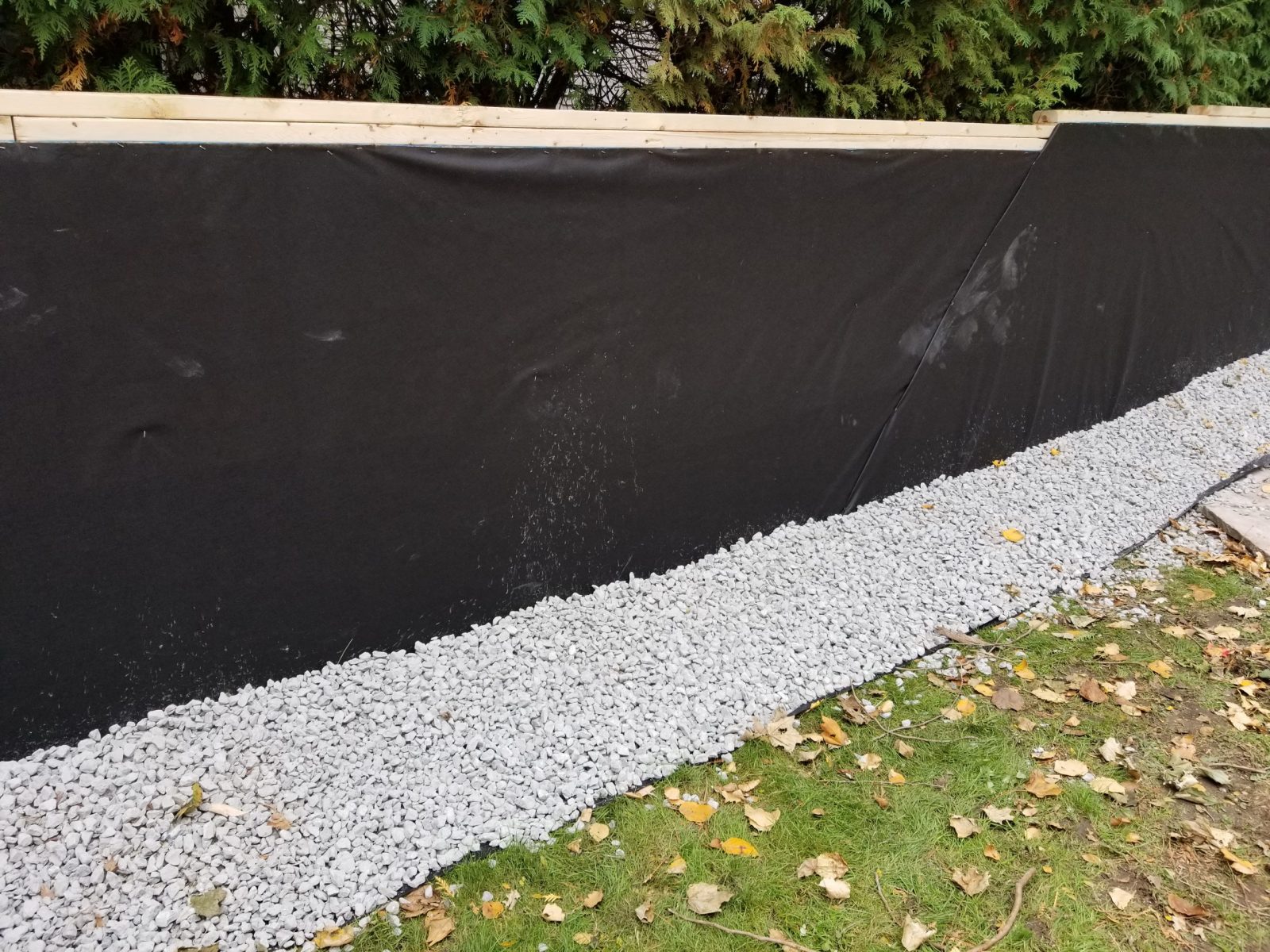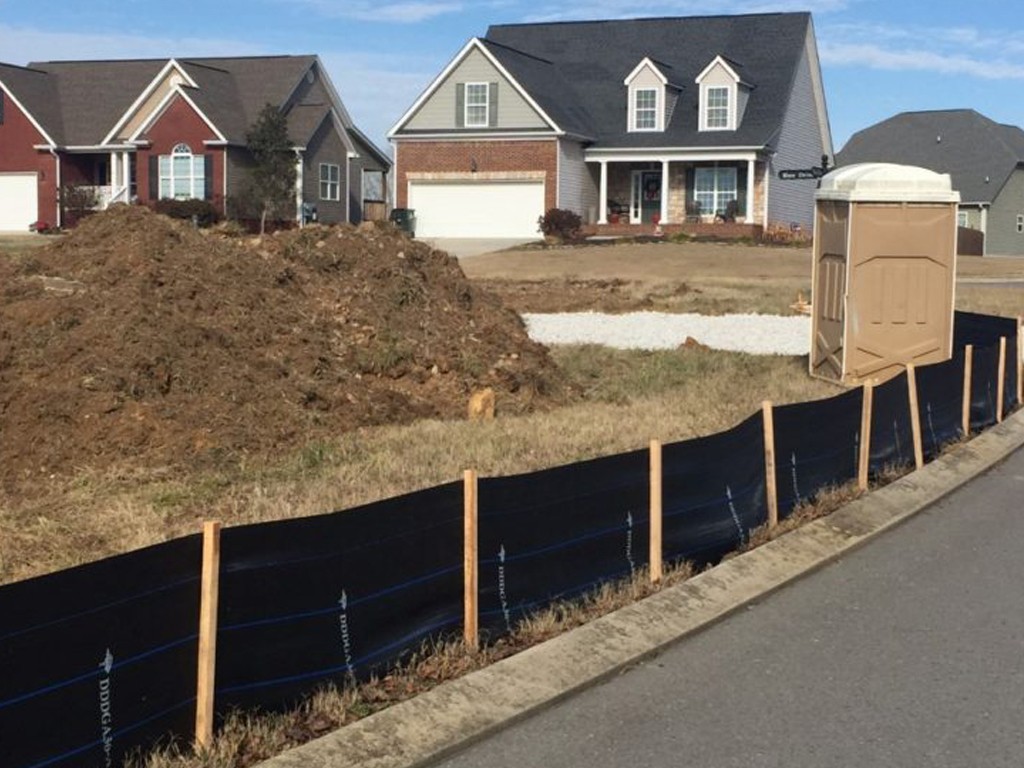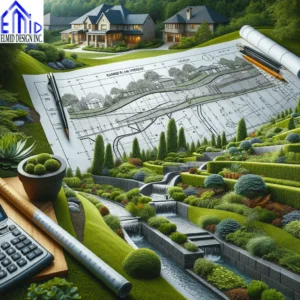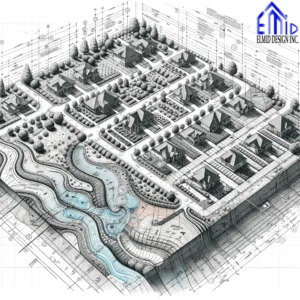Erosion and Sediment Control Planning for Construction Projects
Construction projects profoundly affect the environment, particularly water quality. Therefore, it’s imperative to implement sediment and erosion control measures meticulously. Elmid Design Inc. is dedicated to crafting comprehensive Erosion and Sediment Control (ESC) plans. Consequently, these plans meet regulatory standards and minimize environmental degradation.
What is Erosion and Sediment Control?
Erosion, a natural process, involves the movement of soil and rock particles by water or wind. Construction activities exacerbate soil disturbances, thereby amplifying erosion and sedimentation rates. Consequently, this escalation detrimentally influences the environment, including water bodies and wildlife. Implementing robust control measures is paramount to mitigate these adverse impacts. Thus, these strategies proficiently manage sediment and erosion originating from construction sites, preserving the natural environment.Erosion and Sediment Control Plan RequirementsIn Ontario, construction sites necessitate an approved ESC plan that aligns with provincial regulations. This plan embodies a meticulous site analysis, incorporating essential erosion and sediment control measures, such as grassed swales. Additionally, it includes temporary controls pivotal during the construction phase.
Components of an ESC Plan
An effective ESC plan encompasses diverse elements. Primarily, it includes Planning and Design, focusing on comprehensive site assessment and risk identification. Subsequently, it involves formulating strategies to manage these identified risks proficiently. Best Management Practices (BMPs), for instance, are instrumental techniques that curtail erosion and sediment pollution, such as silt fences and sediment basins.

Challenges in Erosion and Sediment Control
Implementing an ESC plan presents inherent challenges, notably unpredictable weather and unique site hurdles. Nevertheless, evolving and adapting the ESC plan are viable solutions, facilitating the overcoming of these challenges.
Considerations in Ontario
In Ontario, a sediment and erosion control plan must be meticulous and focus on site-specific conditions and regulatory adherence. Essential considerations include a comprehensive site analysis and the selection of apt control measures. Continuous and diligent monitoring and maintenance of these measures are also crucial, ensuring their sustained effectiveness. For more insights, visit TRCA.
ESC Techniques and Measures
Elmid Design Inc. employs a multitude of strategies to manage erosion and sedimentation effectively. These include innovative filtering systems, utilization of straw bales, and the installation of silt fences. Additionally, grassed swales, enriched with vegetation, are instrumental in managing runoff proficiently.
Benefits of ESC Planning
An ESC plan offers substantial benefits, such as enhanced environmental protection and regulatory compliance. Moreover, it fosters cost-efficiency and augments site conditions, bolstering overall project productivity.
Why Choose Elmid Design Inc.?
Opting for Elmid Design Inc. ensures the acquisition of proficient ESC plans that meet regulatory norms and mitigate environmental impacts. Our team, fortified with extensive experience, guarantees exceptional, customized services, catering to specific project requisites.
FAQs
- What Is The Purpose Of An Erosion And Sediment Control (ESC) Plan In Construction Projects?
- An ESC Plan is essential for managing water runoff and soil erosion in construction sites. It aims to protect the environment, particularly water bodies, from sediment pollution during construction activities, ensuring a sustainable and eco-friendly project execution.
- What Components are Essential in an Effective ESC Plan?
- An ESC Plan includes key components like silt fences, sediment basins, and storm drain inlet protections. The plan strategically integrates these elements to effectively manage stormwater runoff, control erosion, and capture sediment within the construction site boundaries.
- How is an ESC Plan Developed and Implemented?
- Developing an ESC Plan involves analyzing site conditions such as topography, soil types, and existing vegetation. Based on this analysis, appropriate erosion and sediment control measures are selected and strategically placed within the site to manage water runoff and soil erosion effectively.
- When is an ESC Plan Required for Construction Projects?
- An ESC Plan is typically required for construction projects that involve significant soil disturbances such as building constructions, roadworks, and land developments. It ensures that the project complies with environmental regulations and preserves the integrity of natural habitats.
- What are the Benefits of Implementing an ESC Plan in Construction?
- Implementing an ESC Plan offers numerous benefits such as protecting water quality, preserving natural habitats, and ensuring compliance with legal and environmental regulations. It also helps in avoiding potential project delays and additional costs due to environmental degradation or non-compliance issues.
Contact Us
Elmid Design Inc. is steadfast in its commitment to facilitating clients in achieving regulatory compliance and minimizing environmental impacts. Contact us today for a comprehensive insight into our services and how we can proficiently assist in crafting an effective ESC plan for your project.
We'd love to hear from you
Get in touch with us
Tell us about yourself by completing the form below. Your information is always kept confidential.
Reach us through
-
13025 Yonge St, Unit # 201G, Richmond Hill, ON, L4E 1A5 - +1 647 745 4507
- info@elmid.ca
Send us a Message
Elmid Design Inc.
Suite 201G,
Email: info@elmid.ca
URL: https://www.elmid.ca/
| Monday | 9:00 AM - 5:00 PM |
| Tuesday | 9:00 AM - 5:00 PM |
| Wednesday | 9:00 AM - 5:00 PM |
| Thursday | 9:00 AM - 5:00 PM |
| Friday | 9:00 AM - 5:00 PM |
| Sunday | Closed |





